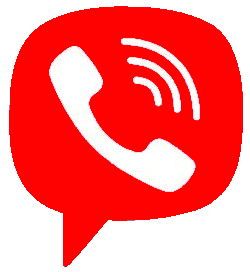What is it?
An eyelift operation, or Blepharoplasty, is the removal of excess skin, saggy muscle and sometimes fat from the eyelids. It may be performed alone or as part of a face lift procedure.
The Operation
The surgery can be performed under local or general anaesthesia. The surgeon marks out the excess skin on the upper eyelid so that the final scar will tend to be hidden when the eye is open. On the lower eyelid, the scar is very close underneath the eyelashes and extends out onto a crease line. The type of surgery performed depends on the exact underlying problems. The surgery is frequently performed as a Day Case.
Any Alternatives
There are no surgical alternatives for Blepharoplasty.
Before the Operation
Pre-operative assessment by the surgeon is most important to achieve the best results. Assessment will indicate where the problem is. Sometimes the problem may be related to excess drooping of the eyebrows. This may need to be surgically corrected. The older one gets the more tissue tends to sag and some of the tissue on the eyelids may be related to laxity of the underlying ligaments as much as to the overlying skin. This may need to be corrected at the time of surgery. It is also very important to make sure that there is adequate tear production in the eye. Should this not be the case, ‘dry eyes’ can occur following surgery, which can lead to damage to the outer lining of the eyes. It is important to avoid smoking before the surgery and to avoid taking Aspirin, or other medication, which makes you more likely to bleed.
After – In Hospital
There will be stitches on the upper eyelid and just beneath the lashes of the lower eyelid. There may also be some paper tapes in order to support the stitches. Ice packs may be used over the eyes in order to decrease the amount of swelling and to keep the eyelids comfortable. It is best to sleep propped up for forty-eight hours following surgery as this is when most swelling tends to occur. The eye vision and blood pressure will be checked following surgery. Ointment may also be placed in the eyes to prevent them from drying out and becoming irritated.
After – At Home
As the surgery may be performed as a Day Case, you may be able to go home on the same day as the surgery. There is likely to be bruising or swelling for two to three weeks. This can be well hidden by sunglasses. It is also important to avoid heavy lifting or bending for two to three weeks following surgery. It is advisable to avoid any heavy activity or gym work for about one month after surgery. Sleeping propped up at nighttime tends to help reduce swelling. The stitches from around the eyes are usually removed between five and seven days following surgery.
Possible Complications
Swelling persists for some weeks after the surgery. Very occasionally serious complications can occur with eye lifts. It is very important to let the doctor know if pain is experienced beyond that which one would expect. This can be an indication of bleeding into the back of the eye. Occasionally wounds can get infected and lead to infection in and around the eye. Inadequate removal of the tissue can also lead to an unsatisfactory result. Drooping of the upper eyelid can also occur if the muscle that lifts the upper eyelid is damaged during the surgery. People who wear contact lenses may find that they are difficult to put in after the surgery.
Excess removal of fatty tissue can result in a hollow ‘dead eye’ appearance, which does not look nice. Excision of too much skin can lead to an ‘open eye’ appearance. This can be difficult to correct. Very very rarely loss of vision can occur.
General Advice
Following eyelid surgery it is important to avoid any activities that involve bending stooping or straining. It is also important to avoid situations where foreign material may get into the eyes.



